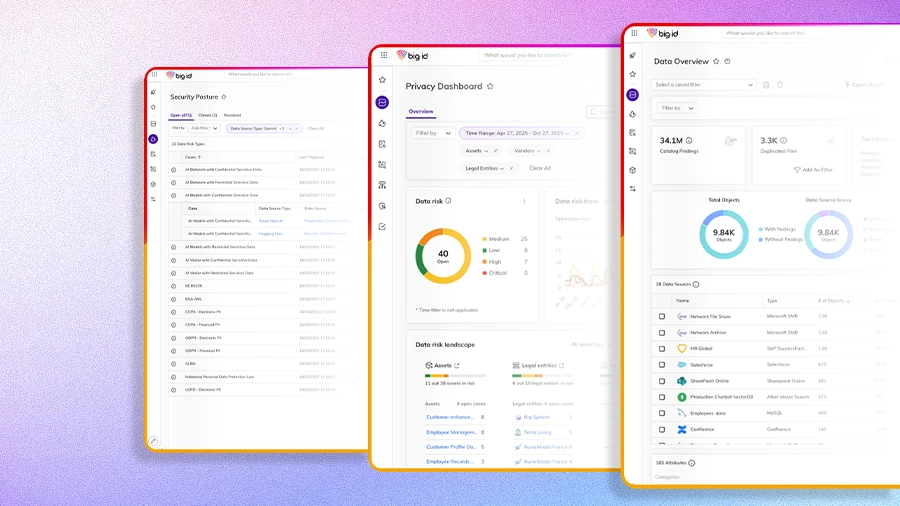An arbitrary choice between model performance and explainability is stalling progress in enterprise AI. While prevailing wisdom says leaders must choose between transparency and power, a new school of thought suggests the trade-off may be a false dichotomy. Instead of a regulatory burden, the emerging framework reframes explainability as a first line of defense.
Championing the approach is Chaitanya Addagalla, a risk and audit professional with over a decade of international consulting experience. As a Technology Risk Manager at a leading global consulting firm, Addagalla helps Fortune 500 technology organizations balance innovation with governance. With credentials like CISSP, CISA, and CRISC, he offers a blueprint for turning transparency into a competitive edge.
"Accuracy gets you adoption, but explainability sustains trust," Addagalla says. An effective model might get you through the door, but an accountable one keeps you in the room, he continues. In practical terms, that means shifting the focus from short-term capability to long-term credibility.
An ounce of prevention: For Addagalla, the secret to success is treating performance and explainability as partners. Instead of a compliance burden, effective leaders treat explainability as a proactive investment in risk mitigation, he explains. "It is cheaper to explain before deployment than to debug after an update."
For this approach to gain traction, however, its value must be demonstrated, Addagalla says. But trust can't just be a feeling—it has to be measured. By translating explainability into concrete KPIs, organizations can track its value in business terms.
From feelings to figures: "Explainability is working when trust becomes measurable," Addagalla says. Here, he recommends tracking indicators like stakeholder understanding, regulatory readiness, and decision consistency. In most cases, three benefits follow: business teams get more independence, compliance checks get smoother, and the model’s behavior gets more reliable over time.
So how do leaders make it happen? It all comes down to process discipline, Addagalla explains.
Documentation by design: The work begins with creating traceable documentation for a model’s data inputs, underlying logic, and decision rationale. From there, organizations can adopt a tiered approach, where highly interpretable models govern high-stakes decisions while more complex models handle lower-risk work.
Define and assign: The discipline is further enforced by integrating "lightweight checklists, transparency statements, interpretability tests, and teaming sessions" into development cycles and defining clear roles for who builds, validates, and signs off.
The value of this diligence is most apparent in the boardroom, Addagalla says. When leadership questions a model's output, teams should be able to respond with clear, defensible evidence. "When risk professionals have that documentation, they can sit in that conversation and explain how the decision is framed and what specific inputs it is based on."
Meanwhile, a case from the Netherlands illustrates the risk of 'black box' models without these safeguards, Addagalla continues. There, a welfare fraud detection system called SyRI was ruled unlawful for violating human rights. Because its logic was opaque, the system disproportionately targeted low-income communities, turning a tool for governance into an instrument of discrimination.
For Addagalla, the court's decision highlights the tangible legal and ethical failures that can arise from a lack of the very traceability he champions. Ultimately, his framework is about building a continuous, risk-aware culture by integrating explainability into a modern AI strategy. "Explainability is the insurance policy for enterprise credibility," Addagalla concludes.









